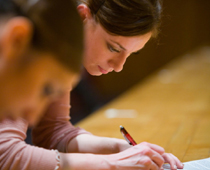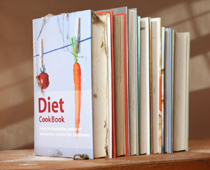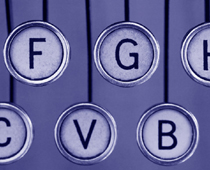|
3.
|
Which tense is used in a recount? 
|
|
| [ ] |
Past. |
| [ ] |
Present. |
| [ ] |
Future. |
| [ ] |
Passive only. |
|
|
|
4.
|
Events in a recount should be written in which order? 
|
|
| [ ] |
In order from most to least important. |
| [ ] |
Chronological order. |
| [ ] |
Random order. |
| [ ] |
Alphabetical order. |
|
|
|
5.
|
The introduction to a recount usually sets the scene. What does this mean? 
|
|
| [ ] |
The introduction gives stage directions. |
| [ ] |
The introduction lists the contents of the recount. |
| [ ] |
The introduction mentions who was involved and where the events happened. |
| [ ] |
The introduction tells the reader everything that happened. |
|
|
|
6.
|
Which of these is NOT an example of a recount? 
|
|
| [ ] |
A police report. |
| [ ] |
A recipe. |
| [ ] |
A diary entry. |
| [ ] |
A newspaper report. |
|
|
|
7.
|
Which of these connectives are you most likely to find in a recount? 
|
|
| [ ] |
Firstly, secondly, lastly. |
| [ ] |
Additionally, similarly, however. |
| [ ] |
Furthermore, in addition, moreover. |
| [ ] |
First, then, next, meanwhile. |
|
|
|
8.
|
Adding a few vivid details to a recount makes it ____. 
|
|
| [ ] |
fictional |
| [ ] |
change tense |
| [ ] |
tedious for the reader |
| [ ] |
more interesting for the reader |
|
|
|
9.
|
A diary entry should be written in which person? 
|
|
| [ ] |
First. |
| [ ] |
Second. |
| [ ] |
Third. |
| [ ] |
None of the above. |
|
|
|
10.
|
Whose feelings and opinions could be included in a newspaper report? 
|
|
| [ ] |
The reporter's. |
| [ ] |
The observers' (those who witnessed the events). |
| [ ] |
The participants' (those involved in the events). |
| [ ] |
The observers' and participants'. |
|
|



